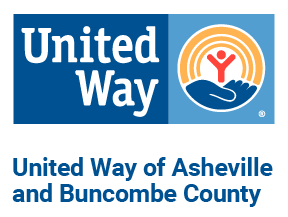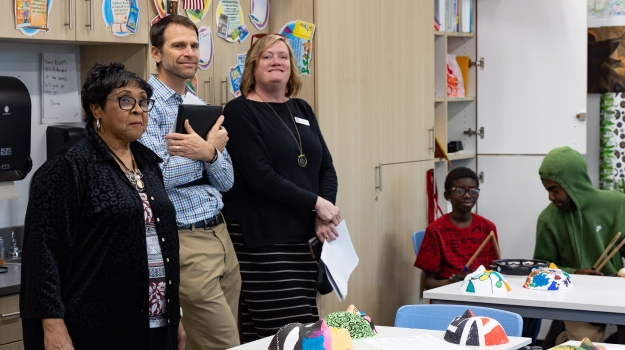In my last post, I introduced the idea of a community school: One where resources for families are offered at the school and where students learn through an integrated curriculum which makes learning more relevant to students’ lives. Sounds OK, but does it make any difference?
Researchers who have studied 20 such schools say it makes a difference to three groups: students, their families and teachers.Community School Initiatives around the country were evaluated and the report of that study, Making the Difference: Research and Practice on Community Schools notes the following positive impacts:
1. Improved student learning
2. Increases parent and family participation
3. Increased time for quality instruction for teachers
4. More opportunities and support from families for their children’s education
Here are my thoughts on each of these benefits of Community Schools:
Student Learning is largely dependent upon great teachers.
Great teachers are able to connect their subjects to what is happening in the real world and to challenge their students to master the knowledge and skills needed for the subject. Students also learn from experiences that range from field trips to guest speakers to hands-on experiments. Interested students improve behavior and attendance. Community Schools bring all those outside-the-standard-classroom opportunities to students.
Parent and Family Participation is a challenge for many schools.
School hours don’t lend themselves to other schedules like work hours, transportation, and other family demands. After school hours are hard for the same reasons. But Community Schools offer things that families might want or need such as classes in computers, English, home ownership; applications for financial assistance; or help managing family finances. When schools offer resources that help the entire family, parents are more likely to get involved. By getting more involved, they get to know other parents and the school staff and therefore, they strengthen the school’s neighborhood.
Time for Quality Instruction is every teacher’s dream.
If there were a way to eliminate the many distractions in the classroom, teachers would have a much better chance of reaching the students. It might seem like a “chicken and egg” dilemma, but once the subjects seem more relevant to the students, the fewer classroom issues arise and the time to provide high quality instruction increases. Having access to others who bring additional subject knowledge and expertise can be a tremendous resource for teachers.
Support for Education can occur on many fronts.
School administrators need people to speak up in support of their school and the funds they need to operate effectively. Schools need businesses and individuals to sponsor their extra activities. Students need to feel supported by the community and to understand that their success is important to everyone around them. Community Schools provide the mechanisms to surround the students, families, and faculty with support, encouragement and assistance.
While research shows significant positive impact of Community Schools, there are two HUGE barriers to a successful Community School. First, school administrators and teachers have to want community involvement. Second, some group or organization has to be able to put such programs together by recruiting neighbors and offering resources.
Next time, we’ll hear from some folks working locally with a Community School model.


